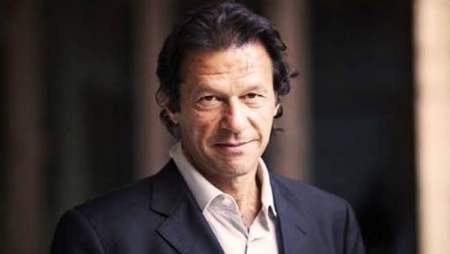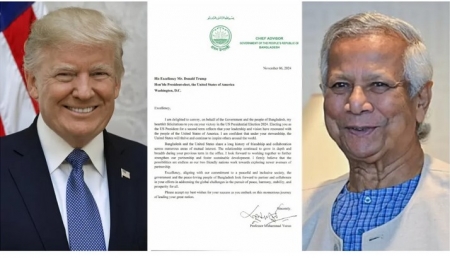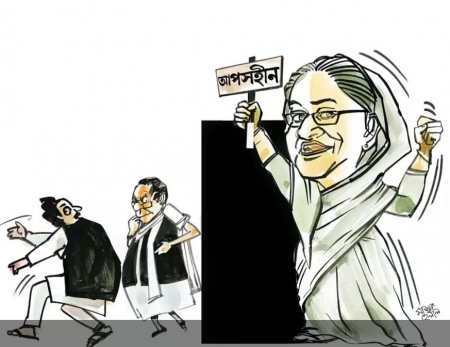
For kids growing up in the 80s, Imran Khan was a divisive figure. Either people loved him or hated him. Regrettably, I was in the second camp. Most of our arguments were more moral in nature than anything sporting ... and boy! Imran did gave us so many opportunities to criticize him. Zeenat Aman, Munmun Sen, Emma Sargeant to Jemima Goldsmith - he was all over the place.
But Begrudgingly we also had to accept the guy was an exceptional cricketer and one of the best captains the world has ever seen. There were many instances you felt this guy was taking chances ... and most of the time they were paying off.
Much has been written about his exploits in the Pakistan’s World Cup victory - The decision to let his two wicket taking bowlers Wasim and Mushtaq loose, to bowl out most of swing bowler Aaqib’s overs on a trot, Using part-timers Ijaz, Sohail, and Selim Malik (who played throughout the tournament pretty much as a doodh-bhaat) to fill-in the fifth bowler’s slot, encouraging youngsters Inzimam, Moin, et al. to play fearless cricket, playing unheralded players like Wasim Haider and Iqbal Sikander when the game plan suited their inclusion, motivating guys like Miandad to give their best shot one last time. Not to mention that theory of cornered tigers and THAT t-shirt at the toss.
The decision that stood out for me was Imran’s decision to promote himself to the top order. So there’s this man not only taking risks but also taking responsibility for those by playing against the best opposition bowlers. Imran’s elevation to the top order eventually provided his side’s brittle batting order to have the belief that with Imran at 3 and Javed at 4, they’ll eventually have a platform to launch an assault in the last 10 overs. I doubt any of his three great all-rounder contemporaries Botham, Hadlee or Kapil had that capability to anchor an innings with the bat from nearly the beginning of the innings.
Personally I think Imran’s best moments came in the series against India in 1987. Imran’s leadership came to the fore when the team struggled against the two Indian slow-left armers Maninder and Shastri and struggled for backup when key players like Miandad and Tauseef were taken ill, they were replaced by two players who played their last test about 20 and 10 years ago - Left-handed batsman Younis Ahmed was near 40 when he made his international comeback and spin-bowling all-rounder Ijaz Faqih was in his 30s. The pair combined, infamously I must add, to save the team against the Indian spin quartet in Ahmedabad with Faqih hitting a hundred lower down the order and infuriating the spectators with his prosaic approach to batting. Let’s just say on that Younis and Faqih made Boycott and Gavaskar look like Chris Gayle.
Finally both teams made it to the legendary series decider at Bangalore with series still nil-nil. This is where Gavaskar played perhaps the best fourth innings knock on a spinning wicket saw. Imran sprang another surprise by including old pro Iqbal Qasim instead of Pakistan’s main spinner Abdul Qadir. Eventually some gritty batting with everybody chipping in and brilliant spells from Qasim and Tauseef took them to a memorable victory. Back in those days of fixing thaala-ghoti-baati to antenna to get a glimpse of those games on Doordarshan, not a finer game cricket was played.
At that moment, Even to his detractors, Imran appeared a larger than life figure in World cricket. I felt 1997 World Cup was to be Imran and Javed’s finest moment. A searing Craig McDermott spell in fading lights in Lahore (I think) snuffed out the Pakistani chase as the two aging heroes looked on despondently from the pavilion.
Their moment came five years later when nobody expected it would ... and maybe Pakistan’s moment will come with Imran in charge. I know politics is not like cricket. But those of us who saw Imran at his ‘captainly’ best won’t rule out the possibility that he might turn things around when no one really expected him to.
(Nayel Rahman)
সর্বশেষ এডিট : ২৬ শে জুলাই, ২০১৮ বিকাল ৪:০০


 অনুগ্রহ করে অপেক্ষা করুন। ছবি আটো ইন্সার্ট হবে।
অনুগ্রহ করে অপেক্ষা করুন। ছবি আটো ইন্সার্ট হবে।
.jpg)






